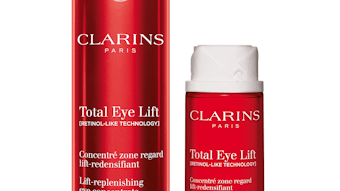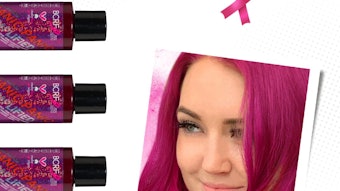What if you worked in an industry where labeling and packaging as well as legality of product sales in a particular city could change on a dime? Pot purveyors in Colorado face these challenges, among others.
Incidents involving young children ingesting pot edibles led Colorado legislators and regulators to address opaque, child-proof packaging—and to consider prohibiting anything but generic labels listing edibles’ contents. In other words, no meaningful branding allowed. In the last election, voters in the Denver suburb of Lakewood opted to ban previously authorized recreational sales—leaving business owners scratching their heads about what to do next.
Colorado’s marijuana community is imparting important lessons for everyone involved in beauty industry product marketing. Chief among them is the value of being nimble. “Agility ability” is the name of the game increasingly in today’s fast-paced world of commerce in general, and beauty in particular.
Consumer sentiments can change literally overnight in response to everything from unfolding events to dramatic discoveries. Changes can force or encourage product brands to respond extraordinarily quickly. Possible scenarios include taking advantage of favorable emerging circumstances, minimizing damage from negative publicity and complying with just-passed legislation or revised regulations.
With Colorado’s marijuana industry as a potent reminder, what meaningful steps can product brand owners take to maximize their agility ability in the areas of branding and presentation?
1. Content on call; design on demand. It’s imperative to be able to develop and deploy new content and designs reliably and rapidly.
Do you have a “rapid response” writing and design team ready to go to work on a moment’s notice? Have they practiced the process in a mock crisis situation? How fast have they been able to perform? Given any conceivable development, is that fast enough? If not, what can be put into place to speed it up? And, of course, most important, what fast-track approval processes are in place to help ensure that Herculean copy and design performance doesn’t get bogged down in bureaucratic red tape somewhere?
2. Digital printing of labels and more. With fast, cost-effective quality printing of small quantities up to 10,000, digital printing has transformed the branding landscape. This is perhaps the strongest, most predictable link in the agility ability chain.
Digital printing is the perfect fit for companies making a change in a big hurry. Processes are in place to provide high-quality finished product through fast, convenient digital ordering platforms in as little as one to two days from provision of approved artwork to being ready to ship. And, digital printing’s affordability scales to any quantity, so there are no worries about paying disproportionately high prices for small runs.
3. Online marketing materials procurement. Particularly where large, diverse distribution networks are in place, efficient access to marketing-related materials (e.g., point-of-purchase displays) through online ordering/fulfillment systems can contribute substantially to agility ability.
Properly developed, these systems should be: affordable, easy to put into operation and conveniently accessible anytime from any browser on both desktop and smart devices. It should be easy to order needed items in an on-demand printing and fulfillment environment that streamlines getting outlets what they need when they need it.
4. Robust marketing information-sharing platforms. It’s critical to communicate clearly and consistently across the supply chain and with the marketplace about branding and/or presentation changes.
Robust communications channels need to be in place to address all internal audiences (including employees, suppliers, strategic partners and other stakeholders) and external marketplaces (including the buying audience as a whole and specific niche audiences). Regardless of whether or not the rebranding/regearing was due to a positive or negative development, keeping everyone current about its ramifications is key to positive adoption. The good news for most companies is that these channels are already entrenched in their regular communications protocols. From intranets to email alerts, keeping people up to speed should be a priority.
If you don’t believe you’re susceptible to any circumstances that might dictate a rapid rebranding (or in the case of Colorado’s marijuana community, a potential rapid debranding), think for a moment about how fast the marketplace moves when compelled by extraordinary situations. You don’t have to look any further than the list of celebrities who have seen their reputations and brands sullied in the matter of a day or two.
True, most beauty product companies aren’t in the same danger zone. But, the true takeaway here is that change—always inevitable—is now occurring on steroids. Companies need to be prepared before a precipitating event occurs, not be left scrambling when it does.
Mark Lusky is a marketing communications professional who works with Lightning Labels, a Denver-based all-digital custom label printer providing full-color labels and stickers of all shapes and sizes, as well as custom packaging products. Find Lightning Labels on Facebook for special offers and label and printing news.









